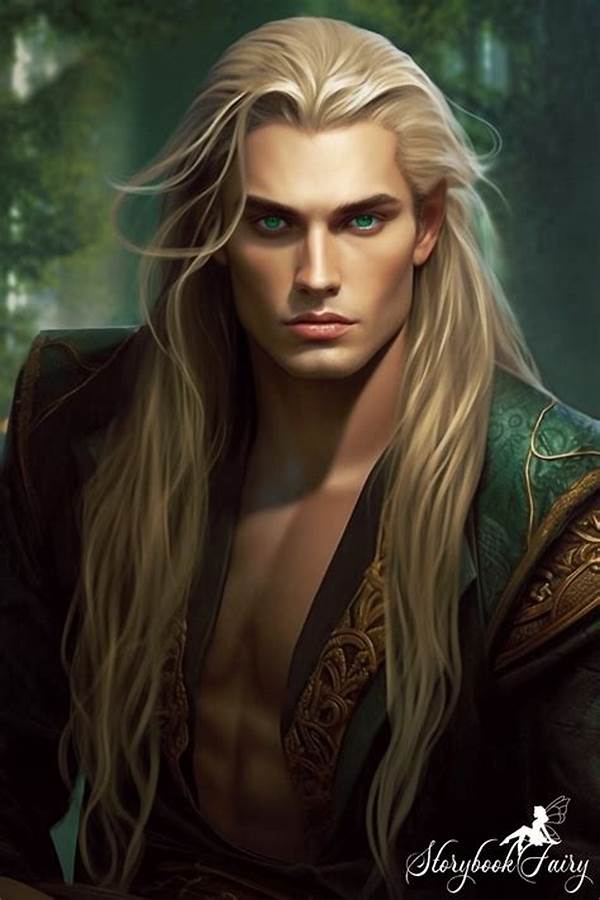The notion of dominant male characters in romance literature has long been a subject of discussion and analysis. This archetype is typically characterized by strong, assertive male protagonists who often wield a powerful influence over the narrative and their respective partners. Their presence in romance literature has elicited both appreciation and critique from readers and scholars alike, highlighting the nuanced role these characters play in shaping romantic narratives. Through these characters, authors often explore themes of power dynamics, transformation, and the complexities of human relationships. An exploration of dominant male characters is crucial to understanding the evolving landscape of romance literature.
Read Now : “compelling Korean Historical Drama Storytelling”
The Allure of Dominant Male Characters
Dominant male characters in romance command a significant place within the genre, often shaping the very essence of the narratives they inhabit. Characterized by confidence, assertiveness, and a certain aura of mystery, these characters frequently capture the imagination of readers. Their development within a romantic storyline often involves a journey of self-discovery and personal evolution. This dynamic allows a juxtaposition of strength with vulnerability, unraveling a nuanced and complex individual beneath the initial portrayal of dominance.
Furthermore, dominant male characters in romance serve as a mechanism through which authors examine societal norms and gender roles. Their interactions with equally strong female protagonists can depict a balance of power, challenge traditional stereotypes, and redefine what constitutes romantic fulfillment. These narratives often leave a lasting impression, providing readers with a multifaceted view of romantic relationships that transcends simplistic character tropes. In essence, these characters are not merely about overt power but represent deeper explorations of humanity and connection.
Characteristics of Dominant Male Characters
1. Assertiveness: Dominant male characters in romance often display an assertive nature, driving the plot forward through decisive actions.
2. Complexity: These characters typically possess layered personalities, combining strength with hidden vulnerabilities, making them relatable yet intriguing.
3. Influence: Their influence within the story often extends beyond romantic interactions, impacting the broader narrative and shaping character dynamics.
4. Evolution: Frequently, their character arc involves personal growth and transformation, reflecting a journey toward self-awareness and understanding.
5. Mystique: An aura of mystery often surrounds dominant male characters in romance, adding to their allure and depth.
The Impact on Readers
Dominant male characters in romance wield a profound impact on readers, shaping their perceptions of relationships and romantic ideals. Through these characters, readers are often introduced to complex emotional landscapes, where notions of love, power, and vulnerability intertwine. The allure of such narratives lies in their ability to transport readers beyond conventional paradigms, offering insights into multifaceted personalities.
These characters often serve as conduits for exploring the intricate dynamics of romance. They challenge readers to contemplate themes of equality, respect, and emotional reciprocity within personal relationships. Consequently, dominant male characters in romance provide more than just entertainment. They serve as a catalyst for introspection and discussion about the nature of love and partnership. By engaging with these narratives, readers are prompted to re-evaluate their understanding of dominance, examining how it is portrayed and perceived within a romantic context.
Significance in Contemporary Culture
1. Influence on Media: Dominant male characters in romance significantly influence portrayals of masculinity in contemporary media.
2. Cultural Reflections: These characters often mirror societal changes and evolving gender roles, reflecting shifts in cultural attitudes.
3. Discussion Catalysts: Dialogue surrounding these characters can spark discussions about power dynamics in relationships, both fictional and real.
4. Romantic Ideals: They shape perceptions of ideal romance, influencing reader expectations and desires within romantic narratives.
Read Now : Esteemed Romantic Narrative Presses
5. Literary Analysis: Scholars frequently analyze these characters to understand their impact on the genre and its evolution.
6. Market Appeal: The allure of such characters contributes to the commercial success of romance literature, attracting diverse audiences.
7. Character Development: Writers skillfully craft these characters’ arcs to ensure depth and authenticity in romantic contexts.
8. Reader Engagement: The presence of such characters often enhances reader engagement through dynamic and compelling storytelling.
9. Controversial Interpretations: These characters can elicit varied interpretations, sometimes sparking debates over their portrayal.
10. Historical Roots: The tradition of dominant male characters in romance can be traced back to classic literature, evolving over time.
The Evolution of Dominant Characters in Literature
As literature evolves, so does the portrayal of dominant male characters in romance. Historically, these figures have roots in traditional archetypes, embodying characteristics such as heroism and unwavering moral fortitude. However, contemporary narratives have expanded these portrayals, introducing complexities that challenge traditional stereotypes. Today, dominant male characters are often depicted as multifaceted individuals, where dominance is balanced with empathy and understanding, reflecting a more nuanced interpretation of masculinity.
This evolution has allowed for richer narratives that resonate with modern readers. As societal norms shift towards greater gender equality and inclusivity, these characters provide fertile ground for exploring themes central to contemporary discourse. Authors are increasingly aware of the importance of striking a balance between maintaining the allure of these characters while ensuring their development aligns with present-day values. The transformation of these characters continues to shape the romance genre, highlighting the dynamic relationship between literature and society.
Conclusion and Summary
In summation, dominant male characters in romance remain a powerful force within the genre, offering both narrative significance and cultural impact. They continue to captivate audiences through their allure, complexity, and their ability to reflect and challenge societal norms. These characters not only serve as embodiments of traditional romantic ideals but also as vehicles for exploring broader themes of power, transformation, and interpersonal dynamics.
By engaging with these characters, authors and readers alike can delve into the nuances of romantic relationships, contemplating the balance between strength and vulnerability, dominance and equality. The ongoing evolution of dominant male characters in romance reflects literary and cultural progress, ensuring their continued relevance and appeal. Their presence within romance literature remains a testament to the genre’s ability to adapt and resonate with the ever-changing landscape of human relationships.
